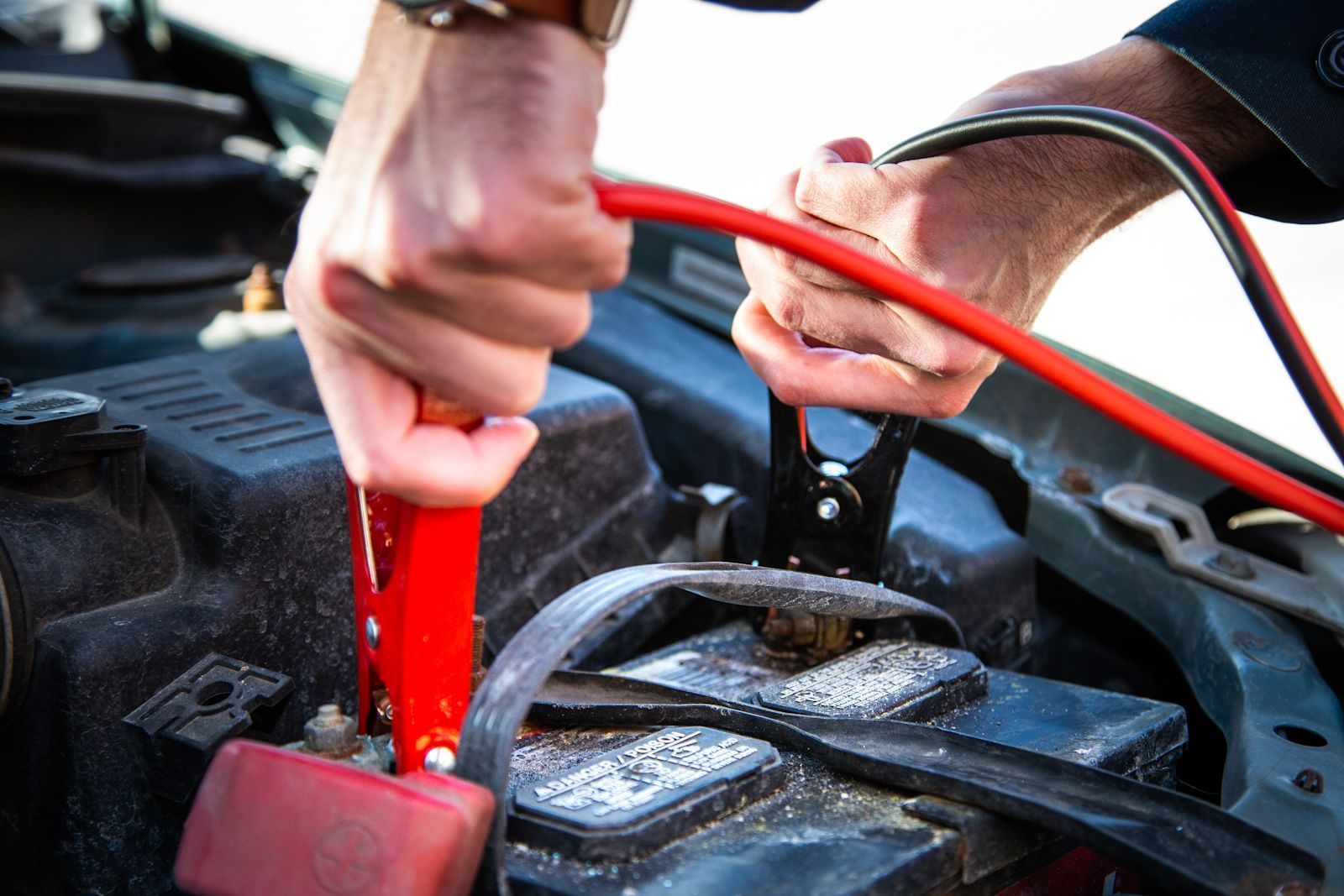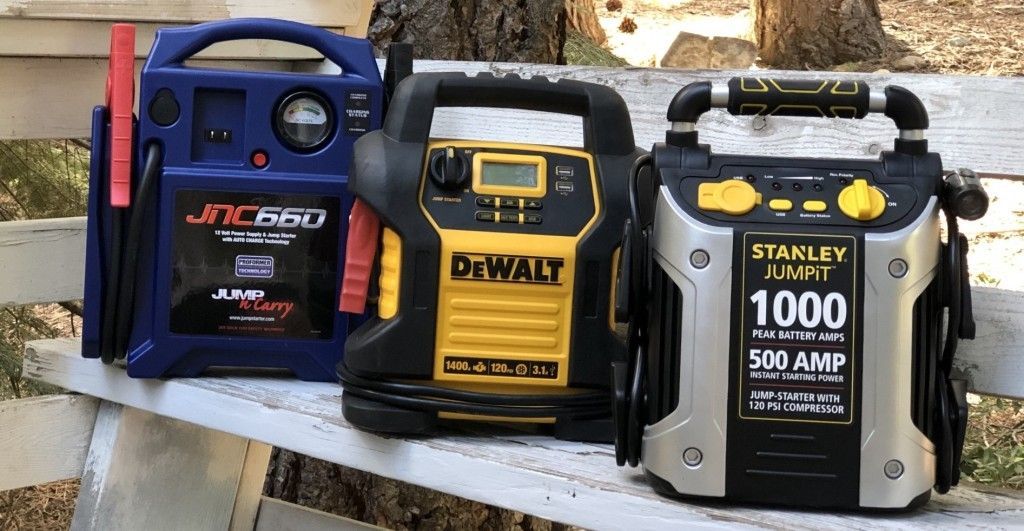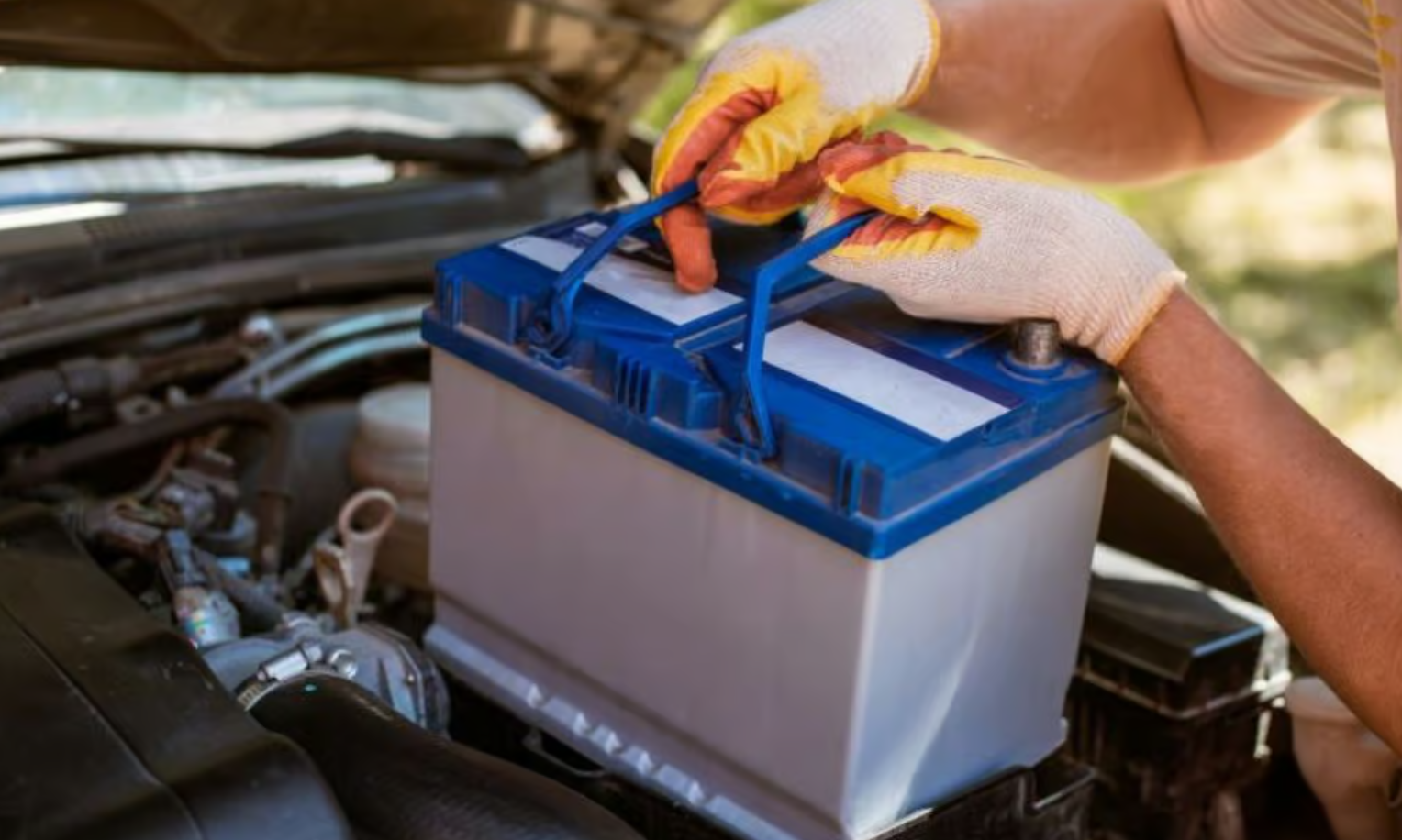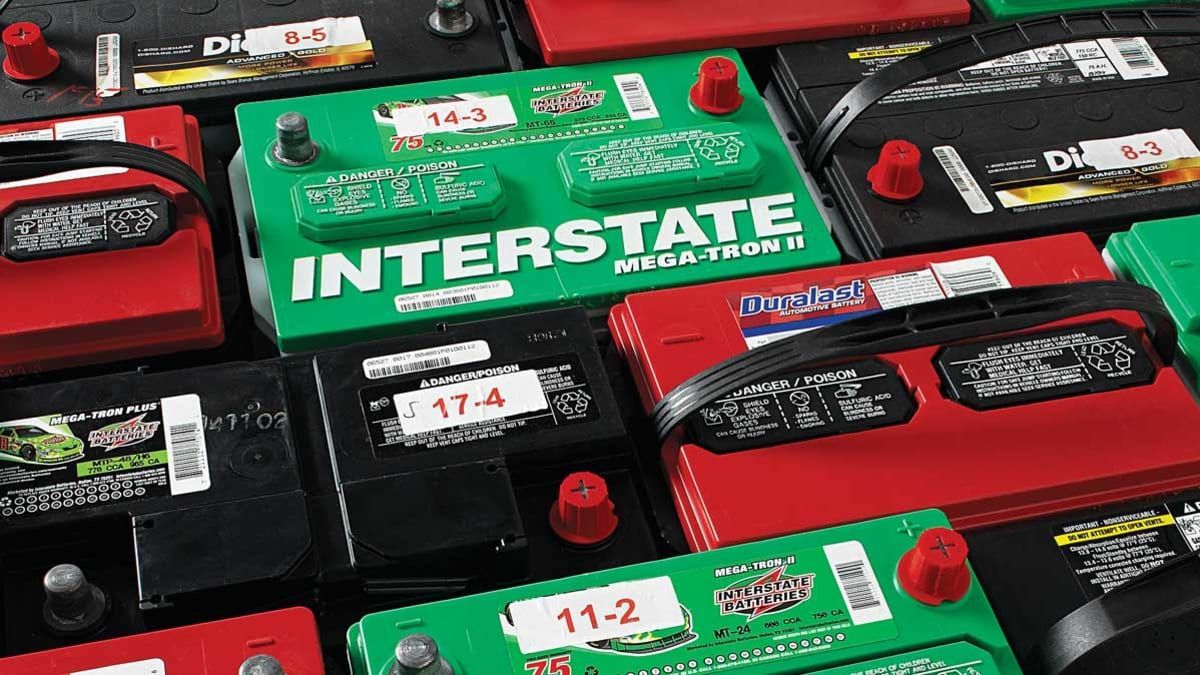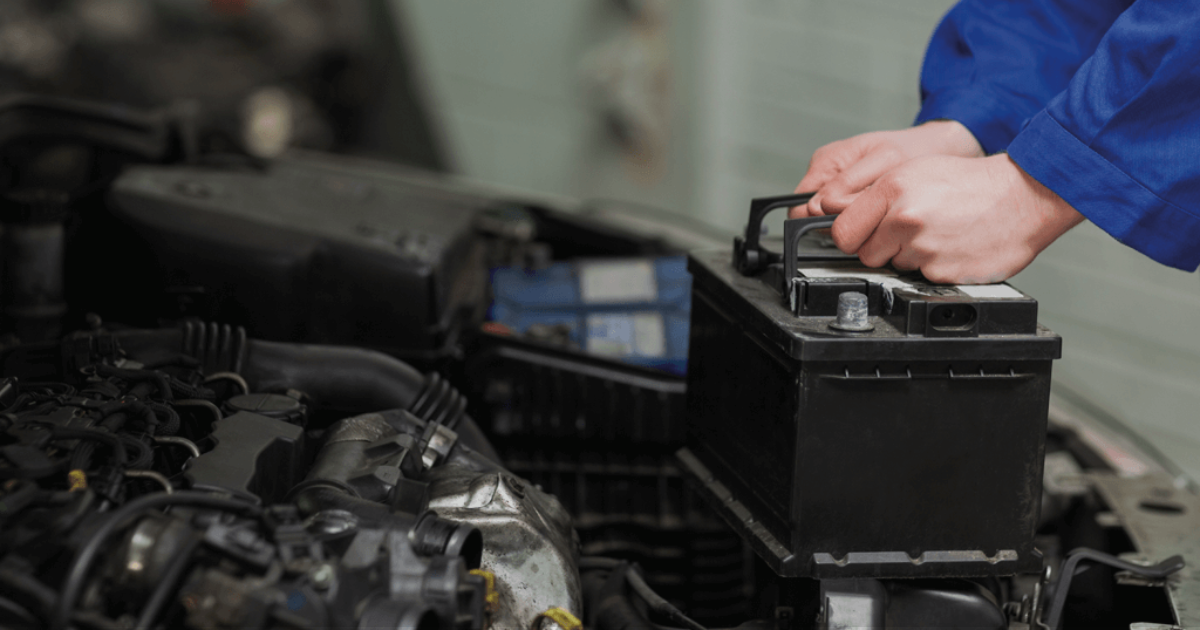Can a completely dead battery be boosted?
A guide to determine whether your completely dead battery can be boosted.
Can a Completely Dead Battery Be Jump-Started? The Surprising Truth
Imagine this: you hop in your car, turn the key, and hear nothing. Maybe a single, weak click. The dashboard lights are out, and your heart sinks. That feeling of dread is familiar to many drivers. Your car battery seems completely dead, unable to do anything. But what does "dead" really mean for a car battery? Can a truly dead battery be brought back to life with a simple jump-start, or is it past the point of no return? We’ll explore the real truth behind boosting a seemingly lifeless car battery.
Understanding What "Dead Battery" Really Means
When your car won't start, it's easy to say the battery is "dead." But this word covers a few different situations. Knowing the signs helps you figure out what's wrong.
The Symptoms of a Deceased Battery
Your car gives clear warnings when its battery is seriously low on power. Pay attention to these common signs.
No Electrical Response
The most obvious sign is a complete lack of power. Your lights, radio, and dashboard remain totally dark. The car acts like it has no battery at all. This means very little or no charge is left.
The "Click of Death"
Sometimes, you’ll hear a single, loud click when you try to start the engine. This sound comes from the starter solenoid. It means the battery has just enough power to engage the starter, but not enough to actually turn the engine over. It's a frustrating sound for any driver.
Slow or Non-Existent Crank
If the starter motor barely turns the engine, or doesn't move it at all, your battery is likely very weak. The engine might try to turn once or twice, then stop. This shows the battery lacks the strong current needed for starting.
Battery Health vs. State of Charge
It's important to know the difference between a battery that's just out of charge and one that's truly broken. One can be saved; the other needs replacing.
Deep Discharge
A battery can lose almost all its charge. This often happens if you leave your headlights on. A dome light left on overnight can also cause it. Short trips might not let the alternator fully recharge it either. This kind of "dead" battery is often still healthy inside.
Internal Failure (Sulfation and Age)
Batteries get old. Over time, heat and not being fully charged can cause internal damage. Sulfation forms when lead sulfate crystals build up on the battery plates. This prevents the battery from holding a charge. This damage is usually permanent.
Physical Damage
Sometimes, a battery is visibly broken. A cracked casing can happen from an accident or extreme cold. Leaked battery fluid means serious damage. If you see physical damage, the battery is at its end.
The Jump-Starting Process: How It Works
A jump-start uses power from another car to get yours going. It's a helpful way to fix a common problem.
The Principle of External Power
Jump-starting is about giving your dead battery a jolt of power. It needs enough to kick-start your engine.
Bridging the Gap
Jumper cables connect a healthy battery to your weak one. These cables carry high voltage and current. This power goes straight to your car's electrical system and starter. It bypasses your dead battery to turn the engine.
The Role of the Alternator
A jump-start is only a temporary fix. Once your engine starts, your car's alternator takes over. The alternator recharges your battery as you drive. It's the key to keeping your battery alive after the jump.
Step-by-Step Guide to Jump-Starting Safely
Jump-starting a car needs care. Follow these steps to stay safe and prevent damage.
Essential Safety Precautions
Always wear eye protection before you start. Make sure no one is smoking near the batteries. Keep hands clear of moving parts. Check that both cars are off before connecting anything.
Correct Cable Connection Order
First, connect the red (positive) cable to the positive (+) terminal of the dead battery. Then, connect the other end of the red cable to the positive (+) terminal of the good battery. Next, connect the black (negative) cable to the negative (-) terminal of the good battery. Finally, connect the other end of the black cable to an unpainted metal surface on the dead car's engine block or frame. This spot should be away from the battery.
Successful Engine Start and Disconnection
Start the donor car and let it run for a few minutes. Then, try to start the car with the dead battery. Once it starts, let both cars run for a few minutes. Disconnect the cables in the reverse order. Remove the black cable from the jumped car first, then the black cable from the donor car. Last, remove the red cable from the donor car, then the red cable from the jumped car.
Can a Truly "Dead" Battery Be Boosted? The Verdict
So, can a truly dead battery be jump-started? The answer is sometimes yes, sometimes no. It depends on why the battery lost its power.
When Jump-Starting Works Wonders
A jump-start often works perfectly. It's great for batteries that are just out of juice.
Discharged but Healthy Batteries
If your battery is only drained, a jump-start will usually work. This means the battery itself is fine. It just needs power to get the car going again. These batteries can then fully recharge.
Recovering from Accidental Drain
Did you leave your car's headlights on overnight? Maybe an interior light stayed on for days. This often results in a completely flat battery. But the battery is still good inside. A jump-start typically brings it back to life.
When a Jump-Start Is Futile
Some batteries are too far gone. A jump-start won't help them at all.
The Role of Sulfation
Heavy sulfation makes a battery useless. The crystals on the plates stop the battery from taking or holding a charge. No matter how much power you give it, it just won't work. This battery needs replacing.
Internal Short Circuits or Open Circuits
Batteries can have faults inside them. A short circuit means power flows where it shouldn't. An open circuit means the power flow is completely blocked. Either problem stops the current from moving, making jump-starting useless.
Age and Degradation
Car batteries don't last forever. Most last about 3 to 5 years. Older batteries are more likely to have internal damage. They often won't respond to a jump-start. Trying to jump an old, worn-out battery is often a waste of time.
Testing Your Battery After a Jump-Start
After you jump-start your car, you need to know if the battery is truly fixed or just got a temporary boost. Don't skip this step.
Assessing Battery Health Post-Jump
Is your battery ready to go on its own? Or will it die again soon? Here's how to check.
Voltmeter Test
After your car runs for at least 20-30 minutes, turn it off. Let it sit for a few minutes. Then, use a voltmeter to check the battery's voltage. A fully charged healthy battery should read around 12.6 volts or higher. If it reads consistently below 12.4 volts, even after driving, it may not be holding a charge well.
Load Testing (Professional Recommendation)
For a deeper check, have a mechanic perform a load test. This test puts a heavy electrical demand on the battery. It mimics the strain of starting your engine. A load test shows if the battery can handle real-world demands. This reveals hidden weaknesses.
Signs Your Battery Still Needs Replacement
Sometimes a jump-start works, but the battery is still bad. Watch for these signs.
Failure to Hold Charge
If your car struggles to start again soon after being turned off, the battery isn't holding a charge. This means it can't store enough power for future starts. The jump was only a very temporary fix.
Rapid Voltage Drop
You check the voltage, and it looks okay. But a few hours later, it drops quickly. This rapid voltage loss points to an internal problem. The battery is slowly dying, even if it was just jump-started.
Visible Signs of Damage
After a jump, check your battery again. If you see new cracks, swelling, or heavy corrosion on the terminals, the battery is failing. These are clear signs it's time for a new one.
Alternatives and Prevention
What if a jump-start doesn't work, or you want to avoid a dead battery altogether? There are options.
Professional Battery Testing and Replacement
When in doubt, get expert help. A mechanic can properly test your battery.
When to Visit a Mechanic
If your battery keeps failing, or if it shows any warning signs after a jump, see a professional. They have special tools to check its health. They can tell you if you need a new battery for sure.
Choosing the Right Replacement Battery
If you need a new battery, pick one that fits your car. Look for its CCA rating. CCA stands for Cold Cranking Amps. A higher CCA means more power for starting in cold weather. There are also different battery types, like AGM or lead-acid.
Preventing Future Dead Batteries
No one wants to deal with a dead battery again. Here are ways to keep your battery healthy.
Regular Driving Habits
Drive your car regularly and for enough time. Short trips don't let the alternator fully recharge the battery. Aim for at least 20-30 minute drives often. This keeps the battery topped up.
Checking for Parasitic Drain
Sometimes, parts of your car draw power even when it's off. This is called parasitic drain. It can be a faulty light, a bad fuse, or a miswired accessory. A mechanic can find and fix these drains.
Battery Maintenance
Keep your battery terminals clean. White or blue corrosion can build up. This can stop power flow. Clean the terminals with a wire brush and a baking soda solution. Some older batteries also need their electrolyte levels checked and refilled.
Conclusion: Jump-Starting, Revival, and Replacement
Facing a dead car battery is frustrating, but often fixable. A "dead" battery often means it's just out of charge. This kind of battery can usually be jump-started. It can then be fully recharged by driving your car.
However, a jump-start won't help a battery with internal damage. Things like sulfation, age, or internal shorts mean the battery is truly broken. Such a battery won't hold a charge, no matter how much power you give it. Always test your battery after a jump-start. This step tells you if it's healthy enough to keep using. You'll know if it's time to get a new one.
The best way to avoid a dead battery is simple. Drive your car regularly. Keep up with basic car maintenance. This helps your battery stay strong and reliable. Believe it or not your vehicle never charges the battery when it is sitting turned off. If you do not start your car and operate it, the battery will not charge, since the alternator does all the charging. If you are still confused give us a call and let the professionals at 30 Dollar Roadside handle your dead battery issue.
